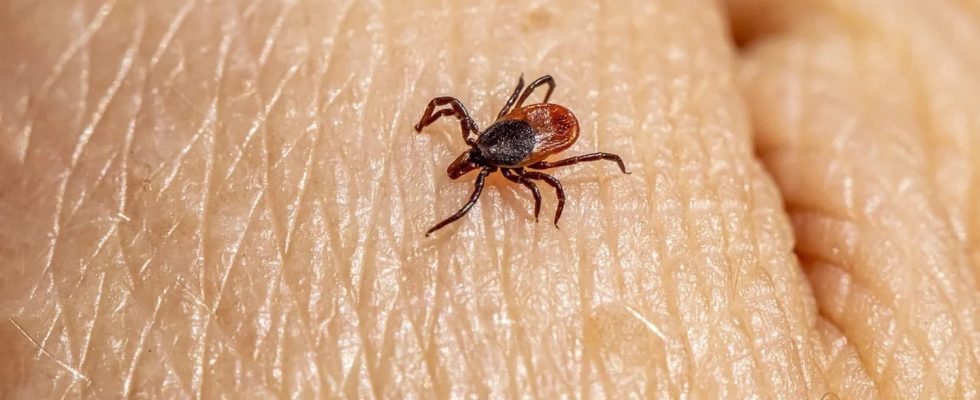To prevent ticks from infesting your garden, there are natural repellents.
With the return of spring and the increase in temperatures, our gardens are also seeing the return of ticks, these small parasitic mites. This annual phenomenon, predictable but no less worrying, calls for increased vigilance on the part of pet owners and nature lovers. The milder climatic conditions of the season favor the activity and proliferation of ticks. In this context, it is essential to adopt effective preventive measures. Among these, it is possible to grow plants in your garden that will have a repellent effect on ticks.
Tansy is a herbaceous and hardy perennial plant which can reach a height of +- 1m and a width of 0.50 cm at maturity. The smell and taste of tansy are unpleasant and repellent to ticks. When ticks come into contact with tansy or perceive its odor, they generally tend to move away and avoid the area.
Lavender is well known for its many uses. But did you know that ticks don’t like lavender? In fact, this plant contains essential oils, in particular linalool and linalyl acetate, which are responsible for its characteristic odor. The smell has a repellent effect on the nervous system of ticks and therefore acts as a natural repellent against ticks, but also against other insects.
Rosemary is often used in cooking but it also has an effect against ticks. Rosemary has a strong aromatic odor. The essential oils it contains can cause irritation in ticks, disrupting their sensory organs.
While these three plants have a repellent effect on ticks, they cannot entirely replace the treatment of your pet. The use of specific pest control products is an effective protective measure. It is advisable to consult a veterinarian to choose the product best suited to the animal, whether tick collars, skin pipettes or tablets. Next, maintaining good hygiene and a clean environment for the animal helps reduce the risk of infestation. This includes regular cleaning of the animal’s living and resting areas. Walks in risky areas, such as tall grass and woods, should be followed by a careful examination of the pet’s fur to detect and quickly remove any attached ticks. Using a tick remover allows you to effectively eliminate these parasites without leaving the head embedded in the skin, thus reducing the risk of infection.
